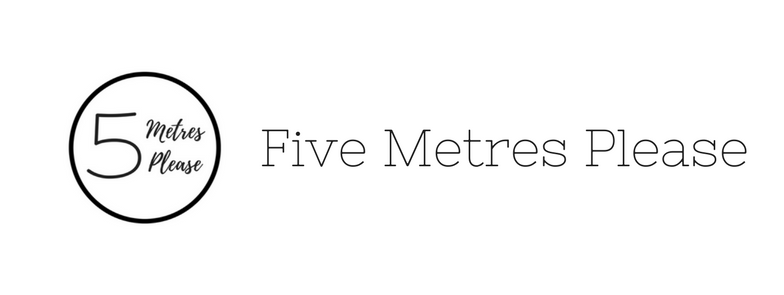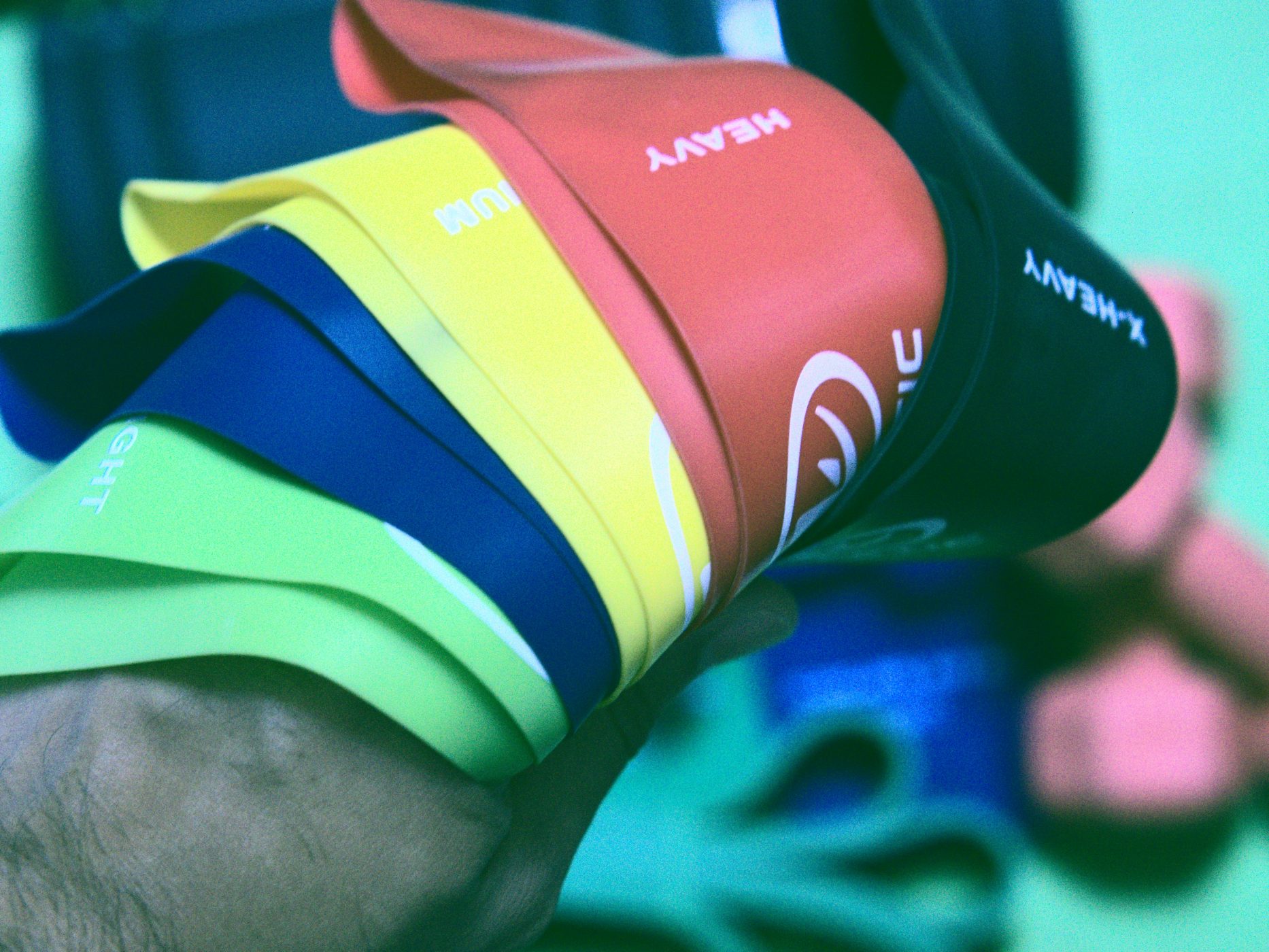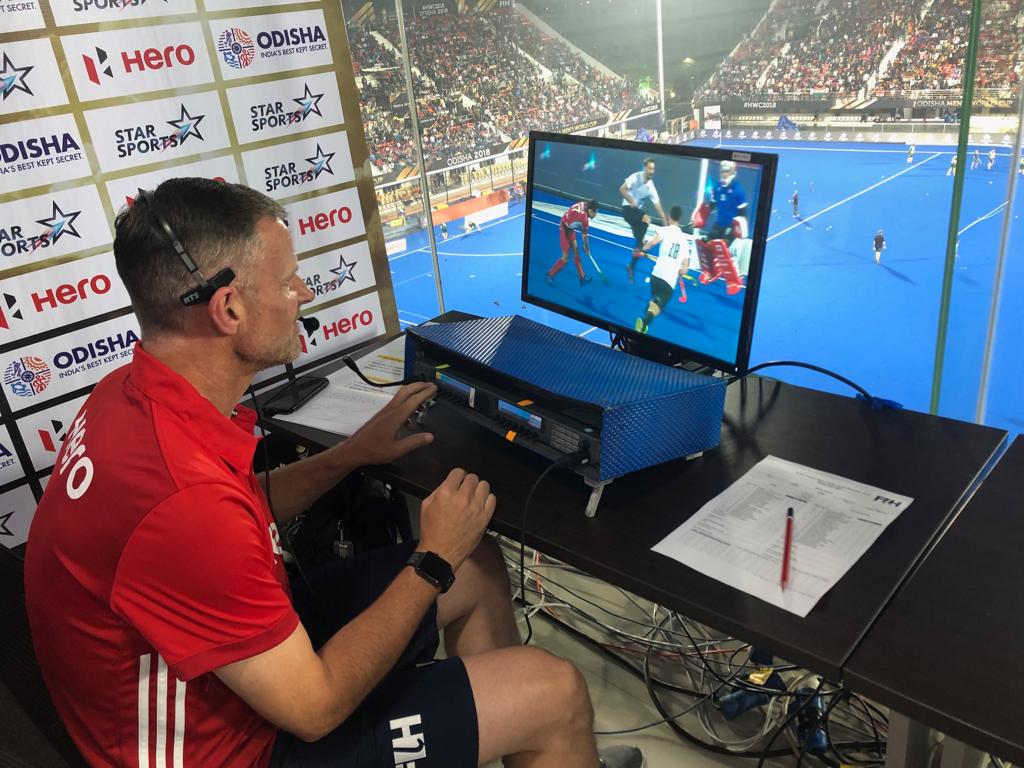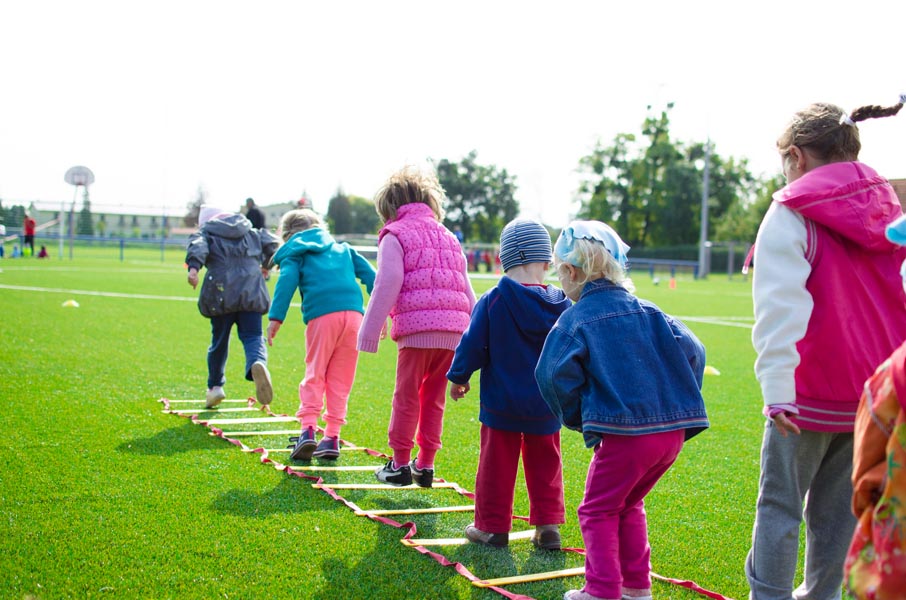The New FIH Umpiring Pathway

EXTRA! EXTRA! Read all about it!
Things are being shaken up (at least, in the umpiring world!) at FIH this week with the announcement of the new FIH international umpiring pathway being released (read the FIH news article here).
I had a chat with FIH Officials Committee Chairman, Henrik Ehlers, about the new pathway and what it means for the future of international umpiring.
The change in the pathway aims to:
- Reflect current performance and availability, and therefore allowing for movement between panels to serve hockey in the best possible way.
- Introduce education & training through the FIH Academy, directly linked to panels as a mandatory requirement to maintain status.
- Significantly increase the talent development of younger officials in partnership with the continental federations.
- Allow fast-tracking of high potential officials.
- Slightly lower the criteria for entry-level officials making it possible to celebrate international status for more officials.
So let’s step into the world of international appointments…

The new FIH Umpiring Pathway – The Inside Scoop
Interview with FIH Officials Committee Chairman Henrik Ehlers
Firstly, can you tell us a little about your role as Chairman of the FIH Officials Committee?
The FIH Officials Committee, which I chair, has the objective to educate, develop, promote and appoint officials across all categories (Umpires, Umpire Managers, Technical Officials/Tournament Directors, Video Umpires, etc.) in order to support the FIH 10 year strategy: ‘The Hockey Revolution’.
How did you move into working with FIH after your own world class career as an umpire and then umpire manager?
Well, the role is a voluntary one of which you are invited to take on by the FIH President and the FIH CEO. For me it was quite an exciting step after a 20 year career umpiring and a 7 year career as an Umpire Manager at top international level.
(Henrik was, amongst a list of many other prestigious appointments – including 4 Olympic Games as an umpire – one of the Umpire Managers at the 2016 Rio Olympics!)

So the FIH grading pathway is changing – what the reasoning behind the shift?
Our sport is investing enormous amounts of resources to grow our game globally, both with more players and with our fan base. This has led to the development of the soon-to-launch (2019) Hockey Pro League. 72 matches for each the men and women over 6 months in a “home & away” set-up, with huge and loud crowds in the stadium. Adding to the challenge is that the officials will operate outside of the, normally very protected, tournament environment. This certainly raises the bar for our officials as far as professionalism and performance pressure is concerned.
Also, for years we have had our categories of officials in different panel structures. Some of these seemed very rigid and didn’t allow for fast tracking of high potential talents.
This situation lead to the Officials Committee developing a new panel structure that is similar for all categories. That allows fast-tracking of officials and includes education and training under the umbrella of the FIH Academy. The new panel structure introduces, for the first time in FIH history, a dedicated, non-internationally badged panel that focuses on our youngest officials that show significant talent in order to develop them for an international career.
Can you explain to us how the new pathway works?
The new Panel Structure has its primary focus to increase our quality of officiating as well as offering officials a transparent structure. The new panels are:
- Talent Development Panel – The panel for the younger talents in all categories of officials. Should be able to reach Pro League Panel within 6 years. A special education program is dedicated to this group of officials at Continental Federation level.
- International Panel – The entry-level international panel. Mostly used at continental level.
- Advancement Panel – The panel for the high potential officials with potential of reaching the Pro League Panel or International Elite Panel within 3 years. This would be even more talent-focused than the old Promising Umpire List.
- International Elite Panel – The panel for the very experienced official that can operate at both continental and global level.
- Pro League Panel – Our very best officials. High performance. Serving the Hockey Pro League. The Pro League Panels consist of maximum:
- 40 Technical Officials
- 20 Umpire Managers
- 30 female umpires
- 30 male umpires
- The World Cup Panel – Populated by the best Pro League Panel Officials to serve the FIH World Cups. Only populated from appointment to the World Cup and until the tournament is over. The officials then return to their original panels.
- The Olympic Games Panel – Populated by the best Pro League Panel Officials to serve the Olympic Games. Only populated from appointment to the Olympic Games until the tournament is over. The officials then return to their original panels.

How will umpires move through the new pathway? What will be the requirements for promotion to the different levels?
Each panel will have criteria to pass. And there are specific qualifying tournaments to reach each panel. For example, to get onto the Pro League Panel, it will have to be quite high level events that has to be the “qualifier”.
The criteria will be performance and fitness. If an umpire shows consistently strong performances and passes the fitness test, the FIH will upgrade to the next level.
We will possibly be a little bolder with our promotions, or movements as we call it. The new panel structure allows movement in all directions, both up and down based on the CURRENT performance. The idea is that the panel should indicate, as much as possible, where your current performance level fits best.
With the Pro League Panel (PLP), we will only evaluate once a year. So basically, every year around July, after the completion of the Hockey Pro League, we will evaluate if any new umpires are coming up. There are only a limited number of seats on the PLP and some will have to come off for others to come up. We believe in the FIH Officials Committee that this competition amongst umpires will be a great asset for our sport and a fair way of running an umpire selection process.
How will umpires be appointed to the Olympics and World Cup?
As you can see in the new structure. We establish the World Cup Panel or the Olympic Games Panel when we appoint to one of the two events. We would primarily appoint from the Pro League Panel, and would base selection on previous performances at the Hockey Pro League. We are convinced umpiring and officiating our top 9 teams in the world in a tough home and away environment will mould the best umpires and officials to serve the WC and OG.
Once the World Cup or Olympic Games are over, the officials will return to their previous panel.
How do you think the new pathway will change things for umpires progressing to, and through, international level?
It will certainly change a number of things, which will be great for both our sport, as well as our umpires.
Firstly, we will be increasing the focus on identifying talented young umpires earlier in the continents. These maximum 25 year-olds will be put on the Talent Development Panel (TDP) and offered a development program. But even overall, every umpire will be offered development & education linked to their panel level. These educational activities will be mandatory to participate in.
If the umpire is not on the TDP, it is possible (like in the good ‘old days’), to qualify from national status to International Panel (IP) through umpiring at two tournaments the Continental Federation approves, with the sufficient performance level of course.
Fitness will be a requirement from the very beginning of an umpiring career. For example TDP and IP umpires need to pass the Yo-yo test in order to get onto the panel. This fitness level increases if the umpire wants to climb through the career pathways.

What do you think is the most exciting thing about the new pathway?
I think many things are exciting but if I have to pinpoint one thing, I guess it’s that we offer opportunities to umpire international hockey in many different ways, which is a great thing. Whether you are the highly competent umpire on the International Elite Panel going to the Commonwealth Games or Junior World Cup, or you are the highly talented Advancement Panel umpire, who we may test in a Hockey Pro League game or two before deciding if the candidate is ready for the Pro League Panel. Or if you are the really solid International Panel umpire off to a four nations tournament between Australia, New Zealand, Korea and China.
There will be possibilities for all. Because we need every single one of our umpires to help our sport to grow, and umpires & officials play an important role in helping the FIH reach their strategic objectives.
Finally, what’s your advice to up-and-coming umpires?
- First of all, enjoy it, love it, be passionate about what you do. There will be ups and downs in your career, but passion can drive you far.
- Set ambitious targets for yourself. Where do you want to be next year, in 5 years? Objectives help you focus and prioritise.
- Be humble, honest and listen to the feedback that umpire coaches & senior colleagues give you. This is how we grow.
- Be yourself – be inspired by watching some of our best umpires but still be yourself on the pitch – it is possibly the easiest one to be!
- Work hard and be fit. The future international umpire is an athlete with a whistle.
- If you want to make it to the very top you need to be doing that little extra – that extra preparation, that extra hour in the gym or on the running track, that extra game on Sunday, or that extra exchange to your neighbouring country. I believe that is the biggest difference between the top umpires and the people just below – their drive, and will to learn and succeed.
So there you have it folks – straight from the officiating boss at FIH HQ! The new structure is certainly a change from the old pathway (which you can read about here if you want to compare the differences – I’ll update that post in the future but I’ll leave it as is for the moment so you can compare the old and new pathways!), but one that I think will provide lots of opportunities for growth, development and professionalism in umpiring at international level, which can only be good for our sport!
What do you think? Let me know in the comments below, or in the comments for this post on Facebook!
If you think other people might find this useful, please share it around through social media or by using the buttons below Sign up for the newsletter to get new posts delivered straight to your inbox, and follow me on Facebook, Instagram and Pinterest for extra tips, tricks and behind the scenes banter!




You must be logged in to post a comment.